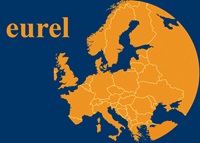Given the religious change at a time of recompositions in Europe, the need to modernize texts or their interpretation, and thus to link the past and the great principles of this past with the needs and principles of the present, could appear essential. We must not forget or even neglect these principles of the past but give them the necessary adjustment so that they can exist today, in current societies. On the other hand, the case law of the European Court of Human Rights tries to strike a balance between the margin of appreciation of the national systems and the relations of State and religion as parts of the constitutional framework and the human rights standards.
In this regard, we should try to define dynamic neutrality and, above all, to show the need for a notion of neutrality that can meet today's challenges. Certain methods and approaches of freedom of religion or belief are very interesting within the framework of dynamic neutrality. The status of religious change and the recompositions in Europe can be the platform to test the notion. The post-modern State as an evolving form of political organization can be another national and constitutional actor that can be a variable to this test. Further, treating the notion of dynamic neutrality in a context of legal pluralism can be helpful, as we believe that neutrality can be influenced in this way by the coexistence of different legal orders, legal texts, rights and similar norms that derive from hard law or soft law.
The holistic approach of the case law of the European Court of Human Rights could give the proper answers to the aforementioned questions, given that the Court is a major actor on promoting the concepts of pluralism, democratic society, freedom of religion and neutrality. The legal landscape is certainly influenced by this case law.

 PDF version
PDF version
